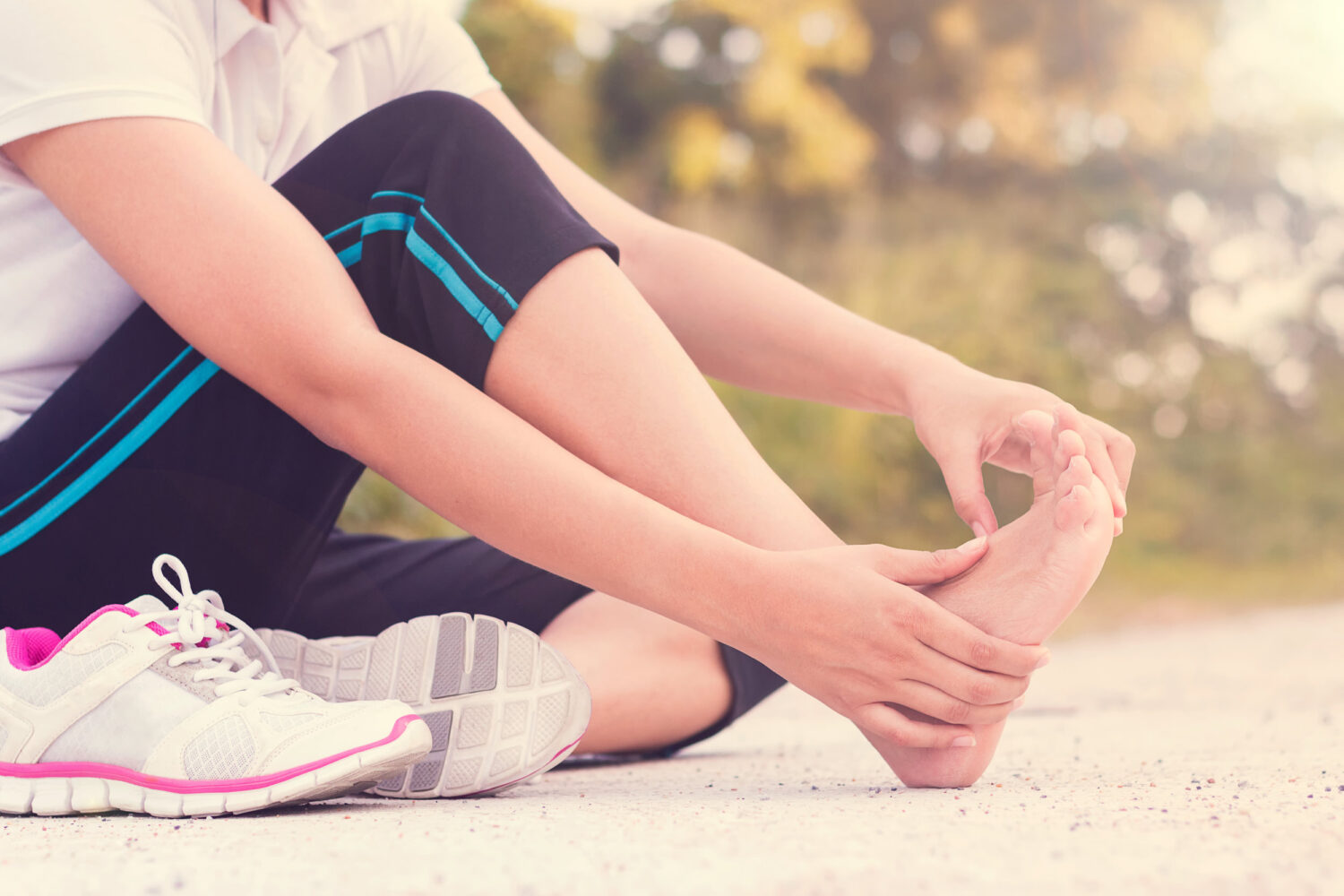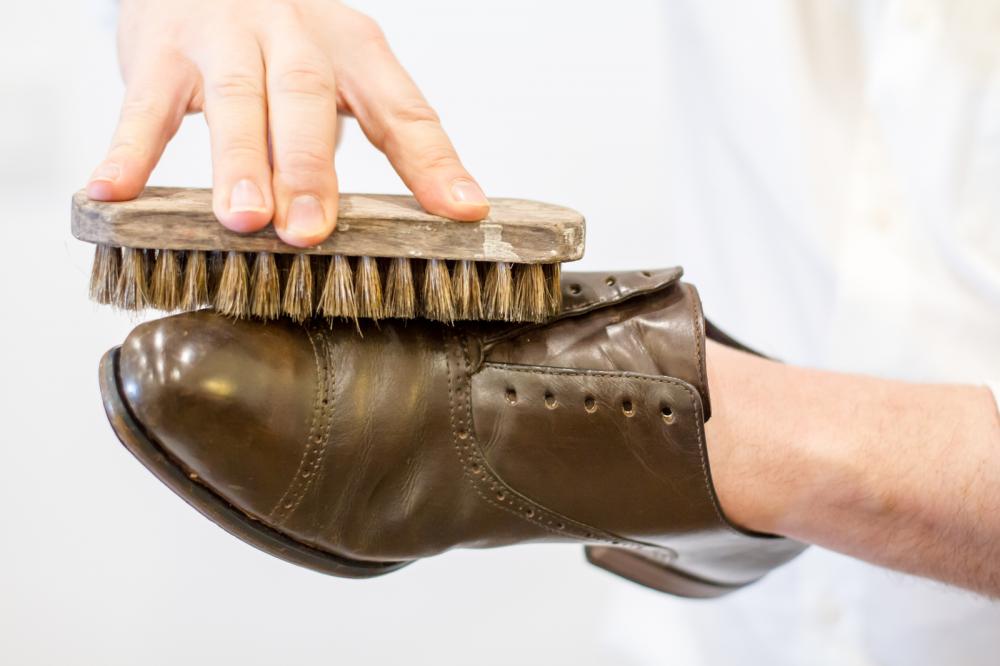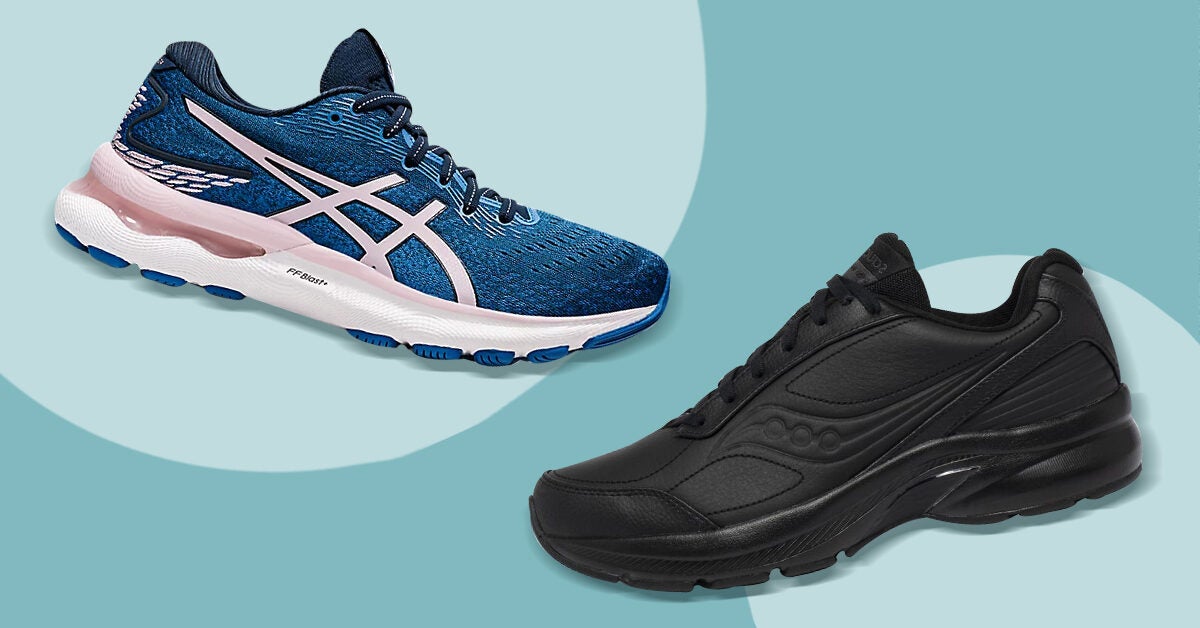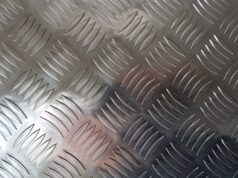
From an old pair of running shoes to a brand-new designer stiletto, shoe problems are something we all face. Whether it’s scuffed soles, worn-out heels, or fraying laces, they can be annoying and inconvenient.
Fortunately, there are plenty of ways to tackle common shoe issues so you can get back on your feet in no time. In this article, we will discuss the most common shoe problems and how to fix them for good.
From simple solutions like replacing broken laces to more complex repairs such as re-soling or heel replacement, explore some easy and effective methods for making sure you look your best with happy feet!
Page Contents
Common Shoe Problems:

1. Worn-Out Soles: One of the most common shoe problems is worn-out soles. Shoes with thin, hard soles can become worn quickly and cause uncomfortable walking conditions. To fix this problem, you can either replace the sole or apply a protective coating that will keep it from becoming excessively worn down over time.
2. Loose Heels: If your heels slip while wearing your shoes, it’s likely due to an ill-fitting heel cup or general wear-and-tear on the heel lining materials. To alleviate slipping issues, try using insoles or shoe padding to fill in any gaps between your feet and the shoe’s interior walls for a snugger fit.
3. Blisters: Friction caused by ill-fitting shoes can lead to painful blisters on feet and toes when walking long distances without proper protection or support from socks and liners inserted into shoes before putting them on.
To prevent blisters from forming in the future, make sure you have properly fitted shoes that provide sufficient cushioning for your feet as well as breathable material which allows air circulation within the shoes themselves – this will help reduce friction levels against skin surfaces during movement.
1. Worn Out Soles
Worn Out Soles are a common problem with shoes, and can be caused by everything from excessive use to poor-quality materials. The good news is that some simple solutions for worn-out soles can help to restore your footwear to its original state.
One of the most popular methods is simply replacing the sole with one made of more durable material, such as rubber or leather. Another option is having a cobbler re-attach the old sole using special adhesive and stitching techniques.
Finally, you could also opt for applying a waterproof sealant over your existing sole to provide an added layer of protection against wear and tear. Whichever method you choose, it’s important to remember that taking care of your shoes will go a long way towards preventing this issue from occurring again in the future!
3. Torn Insoles
Torn insoles are one of the most common shoe problems. Whether caused by wearing thin soles over time or a sudden tear from running or jumping, torn insoles can be an uncomfortable distraction when going about your day.
The good news is that this problem is relatively easy to fix and does not require any professional help. If you have a pair of shoes with removable insoles, start by removing them and then switch out for a new pair of replacement insoles if need be.
If yours are too worn down to replace, try using some glue to patch up the holes in the old ones so they don’t tear further while still providing comfort and support. Another option is to use an adhesive foam pad on top of the existing sole to provide cushioning and shock absorption without damaging it further.
This should keep your feet comfortable until you can buy a new set of replacement insoles or find another solution entirely such as buying new shoes all together!
4. Uncomfortable Fit
An uncomfortable fit is one of the most common shoe problems. Shoes can become too tight or may have been sized incorrectly in the first place.
If shoes don’t fit correctly, it can cause blisters and other foot pain due to rubbing and pressure. Sometimes a simple fix such as wearing thicker socks or using an insert will help alleviate any discomfort from an ill-fitting pair of shoes.
For more serious cases, you may need to get your shoe size professionally measured or invest in custom-made insoles for a better fit. Properly fitting footwear is essential for comfort and performance so make sure you pay attention to this issue if youre having trouble with your shoes being too big or small!
How to Fix Them:

Shoes are an integral part of life. Unfortunately, we can’t always keep them looking their best no matter how hard we try.
Therefore, it’s important to know the common shoe problems and how to fix them. 1) Scuff Marks: Scuff marks can be removed with a cloth dampened in warm water and some mild dish soap or baby shampoo.
Gently wipe away any dirt or debris before rubbing the scuffed area with small circular motions until the mark is gone. 2) Water Damage: To prevent mold or mildew from forming on shoes that have been exposed to water, stuff them with newspaper and allow them to dry for 24 hours at room temperature before wearing them again. If mold has already started growing on your shoes, use a soft brush to scrub away as much of it as possible using a mixture of equal parts white vinegar and warm water before allowing the shoes to air dry completely once more.
3) Salt Stains: Salt stains are one of the most difficult shoe problems to remove because they usually penetrate deep into leather material over time; however, you can reduce their visibility by gently buffing out any rough patches with sandpaper (preferably wet-and-dry paper). Next, dip a clean cloth in cool water mixed with lemon juice and dab onto stained areas until the stain fades away — then allow shoes to air dry naturally afterward for best results! 4) Creases & Wrinkles: Shoes made from natural materials such as leather will often develop creases over time due to frequent wear but luckily these wrinkles can be prevented by stuffing your footwear overnight when not in use; alternatively if creases have already formed try filling up an old sock halfway with rice grains before microwaving for 1 minute – this will create warmth which should help soften/relax any stubborn wrinkles!
1. Re-sole Shoes with Adhesive and Rubber Sole Protectors
One of the most common shoe problems is a worn-out or damaged sole. Fortunately, re-soling your shoes with adhesive and rubber sole protectors is an easy solution to this problem.
Adhesive and rubber soles come in various shapes and sizes to fit all types of shoes, from sneakers to dress shoes. All you need for this repair job is the right materials, a little bit of time, and some patience.
Start by removing any existing material on the bottom of your shoe that may be left over from previous repairs or wear and tear. A knife or razor blade can help you scrape away old glue residue, but be sure not to damage the leather upper section in the process! Once all residue has been removed, use sandpaper to roughen up the surface so that it will adhere better when you apply the new adhesive later on.
Next, measure out enough adhesive for both sides of the shoe’s sole using a ruler or measuring tape – be sure it covers every inch evenly! Then cut two pieces of rubber sole protectors just slightly larger than each side of your shoe sole; these are usually available at craft stores such as Michaels or Hobby Lobby if they aren’t already included with your purchase package. Once everything is ready, spread an even layer of adhesive onto both sides before pressing down firmly on each piece one by one until fully attached – don’t forget to press down around any curves too! Let them dry overnight before wearing your newly repaired pair again – success!
2. Tighten or Replace Heel Taps and Plugs
When it comes to shoe problems, one of the most common is worn-out heel taps and plugs. Heel taps are small pieces of metal on the back of a shoe that gives added support and prevent wear from rubbing against the back of your heel.
Similarly, plugs are plastic or rubber pieces at the base of heels that help protect them from scraping against surfaces and provide a better grip. If these parts become loose or break off entirely, you need to take action quickly so your shoes can be safely worn again.
To repair heel taps or plugs, you’ll first need to assess exactly what needs replacing. If a tap has simply come loose you may only need to tighten it with pliers; if there’s significant wear however then they might need replacing altogether for optimal performance.
Plugs should always be examined as well – if any piece looks damaged then consider getting new ones rather than trying to fix them yourself as this could lead to potential safety risks while wearing footwear in public places.
3. Insert New Insoles for Support and Comfort
Adding new insoles to your shoes is an easy and effective way to improve comfort and support. Whether youre looking for extra cushioning or arch support, there are many different types of insoles available on the market.
To find the right insole for your needs, consider factors like how much cushioning you need, whether you have any special medical conditions, and what type of activities you plan on doing while wearing them. Once you’ve determined which type of insole is best for you, make sure that it fits properly inside your shoe by following the manufacturer’s instructions.
With a little research and effort, adding new insoles can help reduce foot fatigue and discomfort so that you can go about your daily activities without worrying about sore feet!
Conclusion

Shoe repair is a great way to prolong the life of your favorite shoes. Many common shoe problems can be fixed with simple methods like using a leather conditioner, waterproofing spray, or cleaning the sole.
Repairs such as replacing soles, stitching, and patching holes will help keep your shoes in good condition for years to come. Taking preventative measures such as wearing socks and proper foot care will also help you avoid future shoe issues.
With these tips, you should have no problem keeping your shoes in top shape!































